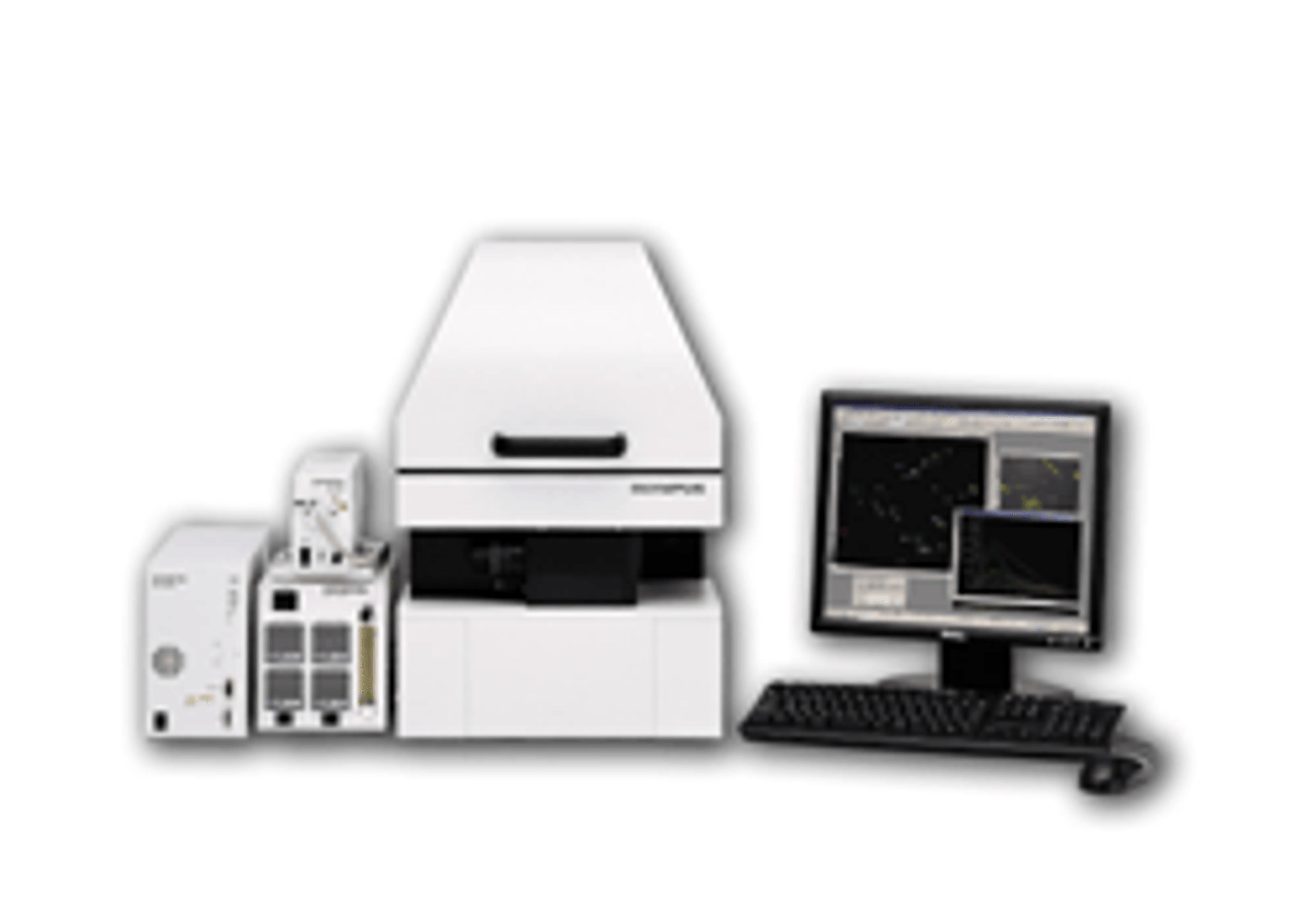Olympus run three workshops at the MICROSCIENCE 2008 exhibition
12 May 2008Microscopy: pushing the boundaries of science
Microscopy has advanced significantly in recent years, with almost everything becoming motorised or automated and there are now hundreds of different methods, protocols and procedures. Olympus will be showcasing its most recent advances at the MICROSCIENCE 2008 exhibition, taking place at ExCeL from 23-26th July. As well as exhibiting at the show (stand H5), Olympus will also be running three workshops, two of which will be presented by customers: Dr Louise Brown, National Physical Laboratory (NPL) and Professor Hugh Piggins, Manchester University. Dr Martin Tewinkel, laser scanning, microscopy group leader for Olympus Life Science Europa, completes the line-up. These workshops will demonstrate how microscopy now offers researchers so many unique opportunities to push the boundaries of science across a broad range of subject areas.
"Deep In Vivo Imaging & Simultaneous IR Laser Uncaging or Bleaching" presented by Dr Martin Tewinkel, on Tuesday 24th June, area 2, 2.00-2.45 will cover the advantages of multiphoton microscopy for looking deep into thick samples, such as organotypic cultures. Using the Olympus FV1000 MPE with the unique SIM scanner creates the ideal system solution for simultaneous uncaging/bleaching and imaging applications. The Olympus FV1000 MPE with SIM scanner is the ultimate system in multiphoton microscopy.
"Applications of Laser Scanning Materials and Microscopy" presented by Dr Louise Brown, on Wednesday 25th June, area 2, 2.00-2.45, will provide an overview of her work within the Performance Materials group at the NPL. The Olympus LEXT has enabled the assessment of a wide variety of sample materials and artefacts, providing results that have allowed the extension of imaging and measurement capabilities.
"Imaging Brain Clocks" hosted by Professor Hugh Piggins, on Thursday 26th June, area 2, 2.00-2.45, will highlight his groundbreaking research into circadian rhythms. Using the LV200 advanced bio-luminescence imaging system from Olympus, Professor Piggins’ group are looking at the long-term expression of one of the proteins coded by the ‘clock’ gene.
The acclaimed programme of workshops has been running successfully since 2002 and attendance is free to all visitors of MICROSCIENCE 2008.

